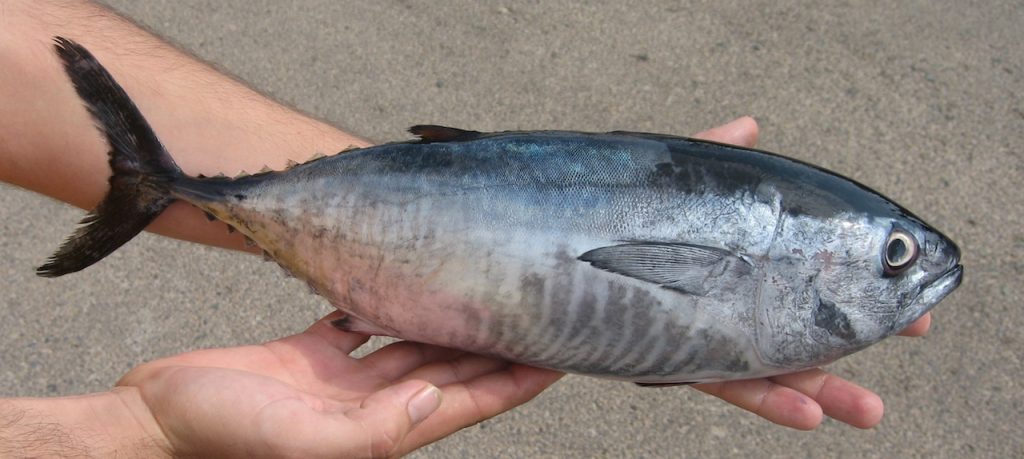
Features
Research
Bluefin tuna hatchery planned for Spain
March 31, 2014 By David Scarratt
 Partners encouraged by the steps they have made to keep hard-to-rear larvae and juvenile Bluefin tuna alive to complete the hatching and reproduction lifecycle.
Partners encouraged by the steps they have made to keep hard-to-rear larvae and juvenile Bluefin tuna alive to complete the hatching and reproduction lifecycle.Spanish seafood supplier, Ricardo Fuentes e Hijos group intends to build a hatchery for Atlantic bluefin tuna (BFT) fingerlings in the Murcia region of the country this year. The company and the Spanish Oceanographic Institute IEO and others have been collaborating on tuna reproduction and juvenile rearing research efforts for the past five years, and apparently have made some notable progress.
The partners are particularly encouraged by the steps they have made to keep the hard-to-rear larvae and juveniles alive to complete the hatching and reproduction lifecycle – a long vital step towards the commercialization of the species. To this point, said a statement from the Fuentes company, it has not been possible to close the lifecycle on Atlantic BFTs. It has been done only with Pacific BFTs in Japan.
Fuentes director David Martinez, who is in charge of the hatchery project on behalf of Fuentes, said the IEO and Fuentes have been successful at getting survival past 100-120 days.
Dr Fernando de la Gandara, of the IEO, who previously was the coordinator for the now-completed Selfdott tuna project sponsored by the European Union Commission, said the institute now has three year-groups of fish surviving from the past three years. He said there are about 20 fish of about 20 kg from the 2011 spawning, some 150 of about 8kg from the 2012 spawning, and roughly 700 from last year’s spawning.
All spawning was achieved without induction, de la Gandara said.
Martinez said that it is believed that BFTs begin spawning in the wild at age three, so it’s hoped that the three-year-olds from 2011 will spawn in captivity this year.
It is estimated that the hatchery, construction of which will begin later this year, will require an investment of some 5 million Euros ($6.97 million USD). Projections are that the business will be up and running in time for spawning season 2016, and will eventually be able to sell some hundreds of tonnes of fully farmed-raised Atlantic BFTs to the EU and US.
– Quentin Dodd
Print this page





